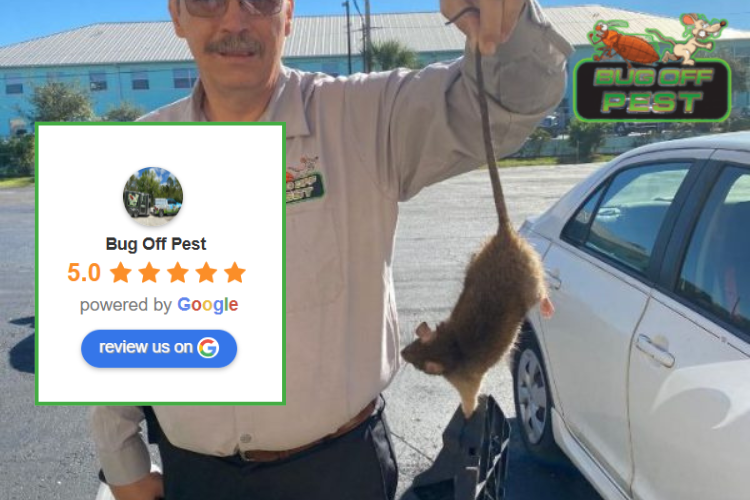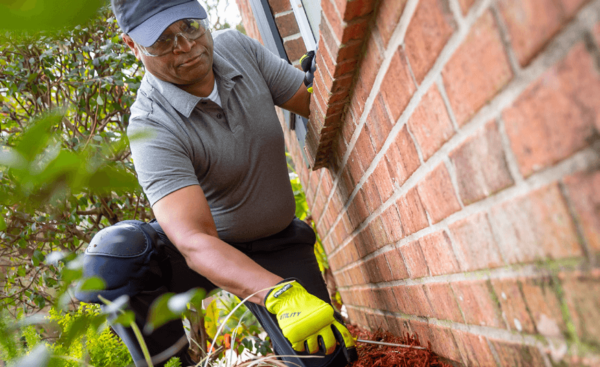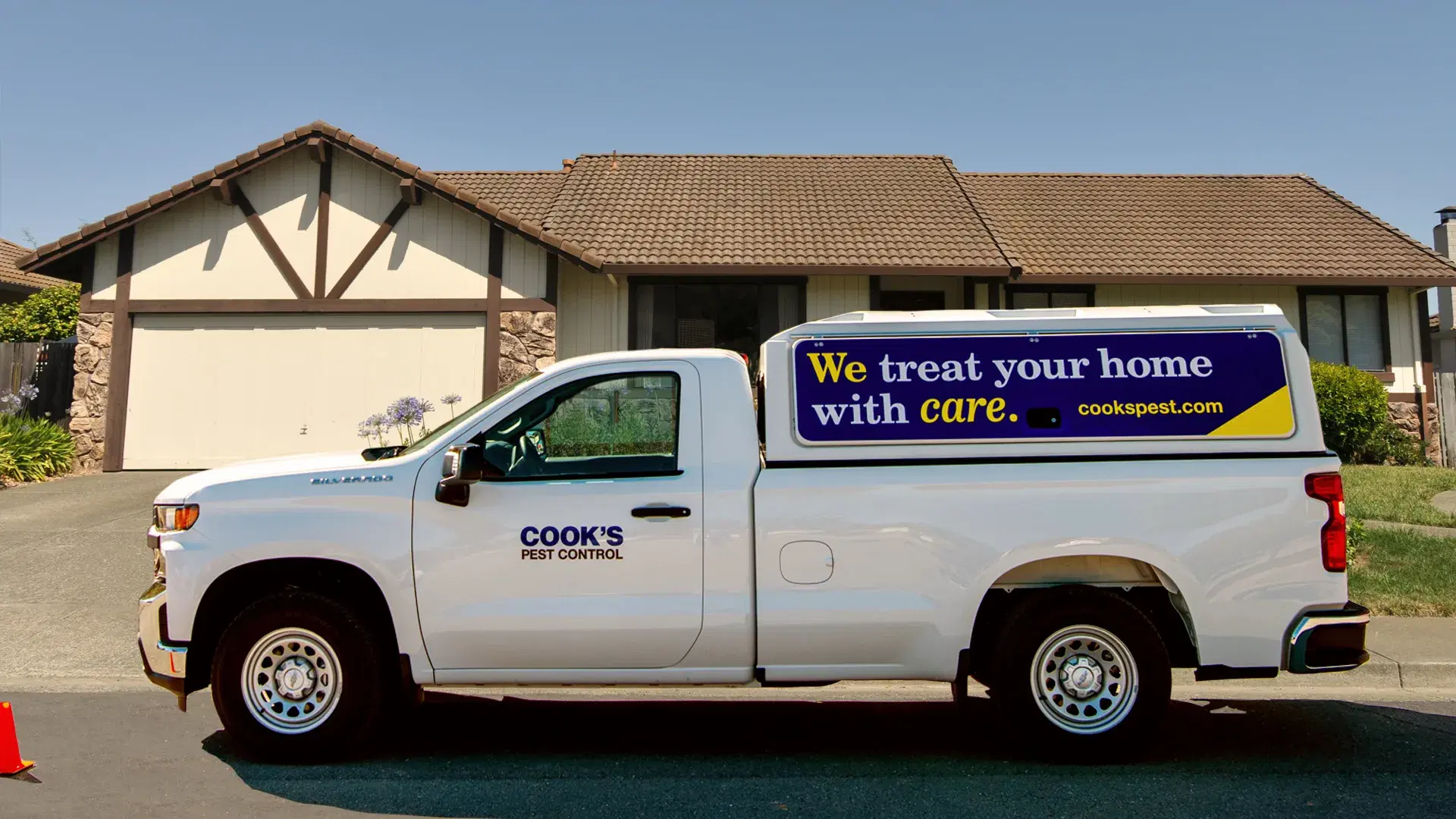Professional Mosquito Control Services for a Relaxed Outdoor Living Space
Discover the most recent Developments in Bug Control and Just How to Implement Efficient Treatment Solutions
In recent years, the area of insect control has actually witnessed significant developments, driven by the demand for efficient and lasting treatment options. Innovative strategies such as Integrated Pest Management (IPM) incorporate environmentally friendly techniques with innovative technology, boosting both efficiency and environmental responsibility.
Eco-Friendly Insect Control Options
Recently, the need for green insect control alternatives has actually risen as house owners and organizations alike look for lasting options to conventional chemical treatments. This shift is driven by growing environmental awareness and a desire to minimize the health dangers connected with synthetic chemicals.

Eco-friendly parasite control methods encompass an array of techniques that focus on using all-natural materials and techniques. Integrated Parasite Administration (IPM) is one such technique, combining organic, social, and mechanical techniques to take care of pest populations while minimizing reliance on chemicals (Wildlife removal services). This alternative technique emphasizes avoidance with habitat control and the intro of all-natural killers, thus fostering a well balanced community
One more popular option is the use of botanical chemicals originated from plants, which have a tendency to be less dangerous to non-target organisms. Products like neem oil and diatomaceous planet have actually gained grip for their performance in regulating parasites while presenting minimal dangers to human health and the atmosphere.
Additionally, exclusion strategies, such as sealing entrance points and maintaining tidiness, play an essential function in green insect management. By adopting these sustainable practices, companies and individuals can effectively take care of insects while promoting a healthier planet for future generations.
Smart Modern Technology in Bug Administration
Advancement is reshaping the landscape of pest administration, with wise modern technology arising as an essential pressure in enhancing efficiency and performance - Wildlife removal services. The assimilation of Web of Points (IoT) tools, artificial knowledge (AI), and information analytics is revolutionizing how pest control specialists come close to invasions
Smart traps equipped with sensing units can find parasite activity in real-time, sending out immediate notifies to operators. This enables timely responses, reducing damage and minimizing the requirement for considerable treatments. In addition, AI formulas analyze historical information to forecast insect behavior, allowing proactive interventions based on environmental conditions and infestation patterns.
Drones and computerized cars are likewise playing a substantial role in bug monitoring, providing airborne evaluations of large locations, determining hotspots, and even dispersing targeted treatments. These modern technologies not just enhance operations however likewise improve safety by limiting human direct exposure to possibly damaging chemicals.
Furthermore, mobile applications encourage customers to keep track of parasite task and gain access to specialist recommendations, promoting a collaborative method to pest monitoring. Generally, the fostering of clever technology is setting a new criterion in pest control, stressing data-driven choices and lasting techniques that eventually profit both homeowners and experts alike.
Integrated Pest Monitoring Strategies
Integrated Bug Monitoring (IPM) utilizes a holistic approach to pest control, integrating various strategies to successfully manage insect populations while reducing threats to human health and the environment. IPM rotates around comprehending the pest life cycle, their natural adversaries, and the ecological community in which they grow.
Among the essential parts of IPM is monitoring pest populations via normal examinations and data collection. This enables for the recognition of pest thresholds, determining when treatment is needed. Social techniques, such as crop rotation, hygiene, and environment adjustment, are vital in lowering bug occurrence and advertising plant wellness.
Mechanical controls, consisting of catches and barriers, are additionally essential in IPM. These methods can physically remove or deter parasites without the use of chemicals. When essential, the sensible application of chemical controls is used, focusing on targeted treatments that lessen environmental influence.
Education and learning and partnership among stakeholders, including farmers, parasite control professionals, and the neighborhood, are essential for the successful application of IPM strategies. By focusing on lasting techniques, IPM not only addresses pest problems my website however also fosters a much healthier ecosystem.
Biological Control Methods
Countless biological control methods are progressively recognized for their performance in Related Site managing pest populaces while advertising environmental equilibrium. These methods harness all-natural killers, parasites, and pathogens to minimize pest numbers without depending on synthetic chemicals. The introduction of ladybugs can properly manage aphid populaces, while nematodes target soil-dwelling pest larvae.
In addition, using microbial chemicals, such as Bacillus thuringiensis (Bt), gives an eco pleasant option for handling caterpillar pests. These products especially target pest varieties, minimizing harm to valuable insects and pollinators. Preservation organic control emphasizes enhancing environments for all-natural enemies, such as birds and valuable insects, thereby motivating their visibility in agricultural systems.
Research study remains to disclose innovative techniques within this field, such as making use of pheromones to interfere with pest mating patterns or the advancement of biocontrol agents with genetic modification. Implementing these techniques can lead to sustainable insect monitoring techniques that minimize the dependence on chemical treatments, inevitably promoting healthier communities. As understanding of these strategies expands, they are becoming essential elements of integrated insect management (IPM) techniques, offering a balance in between efficient insect control and ecological stewardship.
DIY Bug Control Solutions
As property owners seek effective ways to take on bug problems, do it yourself pest control solutions have gotten appeal for their ease of access and cost-effectiveness. These approaches encourage individuals to attend to invasions utilizing readily offered materials and methods, frequently without the demand for expert treatment.

Furthermore, maintaining appropriate hygiene and normal inspections can protect against bug entry and nesting (Wildlife removal services). Basic practices, such as sealing fractures, removing food resources, and decluttering, can considerably decrease insect populaces. Traps, both homemade and commercially available, can also provide effective services for surveillance and managing particular insects like rats or bugs

Conclusion
The combination of green pest control alternatives, clever technology, and cutting-edge administration strategies presents an extensive method to efficient insect management. By accepting Integrated Parasite Monitoring (IPM) and using biological control approaches, together with do it yourself services, lasting and accountable parasite control can be achieved. These advancements not only boost the efficiency of bug management techniques however additionally contribute to a healthier atmosphere. Applying these strategies promotes a balanced environment while properly dealing with pest populations.
Environmentally friendly pest control approaches encompass an array of approaches that prioritize the use of all-natural substances and methods. Integrated Insect Management (IPM) is one such strategy, incorporating organic, social, and mechanical strategies to handle pest populaces while minimizing dependence on chemicals. As recognition of these techniques expands, they are ending up being essential elements of integrated pest monitoring (IPM) approaches, providing an equilibrium in between efficient parasite control and environmental stewardship.
The assimilation of environmentally friendly bug control options, wise innovation, and ingenious monitoring strategies offers a comprehensive technique to effective parasite monitoring. By embracing Integrated Pest Monitoring (IPM) and making use of biological control approaches, along with Do it yourself services, sustainable and liable parasite control can be achieved.